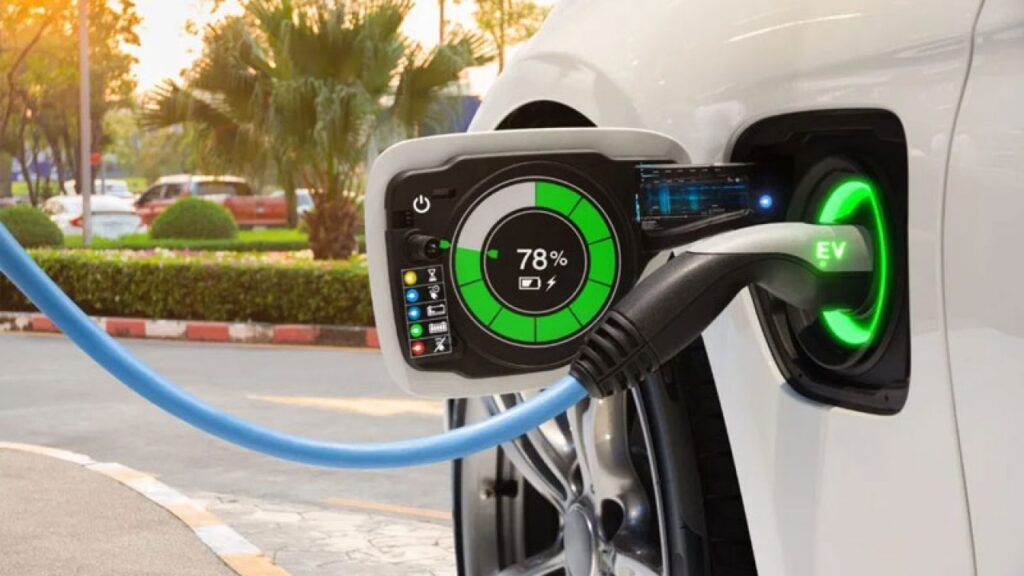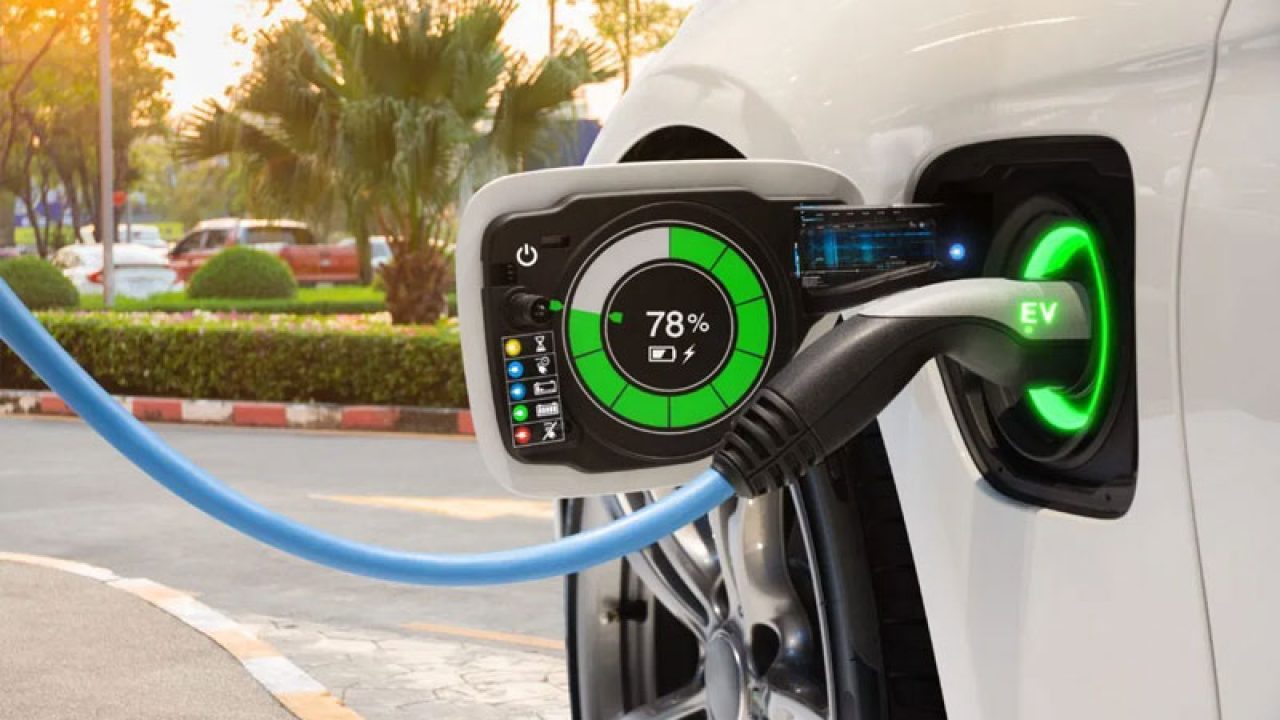Below is an article written by a client of mine. It is his perspective on a difficult and arduous process on trying to get an EVCS plugin in his condominium. The article is very informative. Since he felt he had to move toward a threat of litigation to get the board to move on his request, I referred him to a different attorney. I don’t do court work anymore and most in my industry know that so there are times I need to help a client by referring them to someone who is capable, yet not offensively so.
Anyway, his journey is recounted below. He has power to an EVCS now. Pragmatic persistence generally pays off. And although the following post is much longer than I usually present, it is well worth the read. It is not to be taken as legal advice, it is written from the perspective of a layperson involved in the process of getting a reasonable response to a reasonable request. Sometimes the proverbial “glove” has to be thrown down to make a point.
Electric Vehicle Charging in Condominium Buildings
Background
Charging a plug-in hybrid or pure electric vehicle (EV) is best done at the location where the vehicle is regularly parked. For the owner of a residential unit in a multi-story condominium building, this would be at the unit’s designated parking space. However, often the designated parking space is some distance from the unit. In between the parking space and the unit may be Association common area or another owner’s separate interest.
In 2012, California added what is now Civil Code §4745 to the Davis-Stirling Act. Along with additions made to another part of Davis-Stirling (CC4600 (b)(3) (H&I)), this statute grants significant rights to condominium owners who wish to install an electric vehicle charging station (EVCS or “charging station”) for personal use. This is one of several actions that California has taken in recent years to promote the increased use of electric vehicles.

The Law
Briefly stated, CC4745 says that, provided the owner of a condominium unit:
- has a “designated parking space, including, but not limited to, a deeded parking space, a parking space in an owner’s exclusive use common area, or a parking space that is specifically designated for use by a particular owner . . .” (CC4745 (a))
- complies with the building permit and safety requirements of state, county and city authorities (CC4745 (c))
- has the work done by a licensed contractor (CC4745 (f)(1)(B))
- pays for the electricity that will be used (CC4745 (f)(1)(D) & (2)(C))
- maintains certain liability insurance (CC4745 (f)(1)(C) & (3))
- accepts responsibility for any damage done while installing, maintaining, repairing, replacing or removing the charging station (CC4745 (f)(2)(A))
- agrees to pay the costs for the maintenance, repair, and replacement of the charging station (CC4745 (f)(2)(B))
- either removes the charging station prior to sale of the condominium unit or transfers all obligations for it to the new unit owner (CC4745 (f)(2) & (3))
then the Association may only impose restrictions—including architectural standards (CC4745 (f)(1)(A))—on the installation and use of a charging station within the owner’s designated parking space that:
“do not significantly increase the cost of the station or significantly decrease its efficiency or specified performance” (CC4745 (b)(2)).
This law also grants rights to owners of residences within other forms of common interest developments (CIDs), and to the owners of commercial units within mixed-use projects. Another law allows tenants in CIDs some access to these rights (CC1947.6). However, this blog article will focus on owners of residences in condominium projects.
What is needed to charge an electric vehicle (EV)?
Typically, home EV charging is done on a 240 or 208 volt circuit, similar to what is required for a clothes dryer. Such a circuit adds to the range of an EV at the rate of 15-25 miles per charging hour and is well-suited for overnight charging. This is known as Level-2 charging.
While most cars can directly plug into a 240/208V power outlet, there are safety advantages to using a charging station instead. The power circuit is permanently connected to a charging station, and the station has a cable that can be easily connected to the car. Charging stations also have other useful functions that are described below. The rights granted to owners under CC4745 are only available if a charging station (EVCS) is used.
Some condominium buildings have installed one or several community charging stations that can be shared by the building’s residents. CC4745 (h) & (i) contain provisions allowing and supporting this. However, EV owners who can afford the costs (typically several thousand dollars) will generally prefer a personal charging station at their designated parking space(s). That way, the charger is always available to them when needed, and the vehicle does not need to be moved each time charging has been completed.
Where does the electric power come from?
Condominium buildings will have one or several power feeds from PG&E. These feeds are divided into individual residential services, one or more services for the common areas, and (if a mixed use building) services for the commercial units. If sufficient power is available, electric vehicle charging can be done using power from any of these services, or from new services created from these feeds.
The California Electric Code, section 220.87, specifies a method that can be used to determine how much unused power is available on an existing feeder or service. Essential to determining this is knowing what has been the peak amount of power drawn during the past 12 months. The smart meters now commonly installed by PG&E for billing on each service may be able to provide this information.
An owner wishing to install a charging station will want to take power from a nearby source in order to minimize the cost of conduit and wiring. However, if this power is not coming from the owner’s own residential service, then some provision will be needed to measure and rebill the owner for the power used. Finally, if currently unused power is not available from any feed or service, then a new feed will have to be brought into the building, likely an expensive project. To help with all of these decisions, the advice of a licensed contractor or engineer is essential.
Where must the charging station be placed?
CC4745 is mostly written in language suggesting that the charging station will be positioned within the owner’s designated parking space. Subdivision (g) clarifies this. The charging station must go in the owner’s designated parking space unless either one of two conditions are met:
- doing so is impossible, or
- doing so is unreasonably expensive.
If either of these conditions are met, then CC4745 (g) says that the Association must enter into a license agreement with the owner for the use of the space in a common area. More on this topic in the illustrative case below.
The issues that Associations must figure out
As of yet, there is no case law resolving several questions that CC4745 raises. Associations need to be concerned:
- that their building has more than just sufficient electrical power for the first owner or owners who want to install charging stations. The Association needs to be thinking about all of the owners who might eventually want to install a charging station. And eventually that may be all owners,
- that there are planned paths for the large amount of conduit that might eventually result,
- that responsibility for costs have been determined should a charging station or its conduit have to be temporarily removed or relocated to allow for essential building maintenance, and
- that aesthetic issues are considered.
For now, it appears that these responsibilities have to be carried out with the Association imposing only restrictions that:
“do not significantly increase the cost of the station or significantly decrease its efficiency or specified performance.”
And CC4745 (b) includes a clear statement of California policy that will generally favor owners:
“. . . it is the policy of the state to promote, encourage, and remove obstacles to the use of electric vehicle charging stations.”

The possible role of service companies
There are two companies I am aware of that offer Associations assistance in making common area power available for EV charging. They are ChargePoint and EverCharge, both of which provide information about their services on their websites. Each offers a charging station and supporting technology that:
- measures and records the amount of power which a user’s vehicle has taken,
- bills and collects from the user for the cost of this power, then uses these collected funds to reimburse the Association, and
- monitors the total amount of power being consumed by all EV charging within a building at any point in time, and delays charging some vehicles if the maximum amount of building power would be exceeded.
While potentially useful to Associations in multi-story condominium buildings, the services of these companies are not inexpensive. And again, the law does not allow the Association to require owners to use a service that significantly increases an owner’s costs.
An Illustrative Case
I am a condominium owner who came to attorney Beth Grimm after applying to my Association to route power for a charging station from my residential power panel to my assigned garage parking spaces. My application had been rejected, as had been my subsequent appeal to the board. I had received a city building permit, and had also spent a non-productive year on an Association-appointed committee to evaluate EV charging solutions. The Association had offered me only alternative solutions that I felt were nonsensical or in violation of the electric code. Recognizing that this case was heading toward litigation (which Beth doesn’t handle), she referred me to another attorney.
About a year later, I was able to tell Beth what had happened. I now have a charging station, but only after a considerable and expensive legal adventure. My Association, upon learning that I was represented by an attorney, started work on a plan for EV charging using common area power. After a while, a first round of mediation was held, but settlement could not be reached.
Among other issues, I had requested placement of the charging station on a wall less than four feet behind my parking space and separated from it by what is unused common area. I did so because installing a post in my parking space to mount the charging station on would have cost hundreds of dollars more, and this electrical device would have been subject to being hit by a vehicle. When the Association specifically rejected this part of my application without offering alternatives, I went to my city’s planning department and got them to issue me an order not to put the charging station inside the parking space, primarily for safety reasons.
Eventually my attorney recommend that I file a lawsuit against the Association for its failure to comply with CC4745. Now, with the Association directors facing near-term document discovery demands and eventual depositions, they agreed to again mediate. Also, by now I had incurred tens of thousands of dollars of attorney, expert witness, and mediation costs.
This time a settlement was reached. I agreed to use the by-then almost completed common area power source that the HOA was installing, and that would be operated by ChargePoint. This even though both my installation and operating costs would be about twice what they would have been had I been allowed to use my own residential power. The mediator recognized that the city planning department order constituted “impossibility” and convinced the Association to stop opposing the requested location for the charging station. The Association’s insurer agreed to pay me what amounted to about 80% of my legal costs.
In this lengthy and expensive process, the Association made a series of decisions that I believe were not in the best interests of either party, but will now have to be lived with. This is, of course, my perspective on what happened. The Association might have a different view. But it illustrates why EV charging ought to be planned for by Associations, with appropriate technical and legal advice, prior to the first owners requesting that they be permitted to install charging stations as allowed by California law.
Other articles:
What You Need to Know Before Storing Wills Online
How to Store Wills Online Safely
Why do People Write Wills Online?




